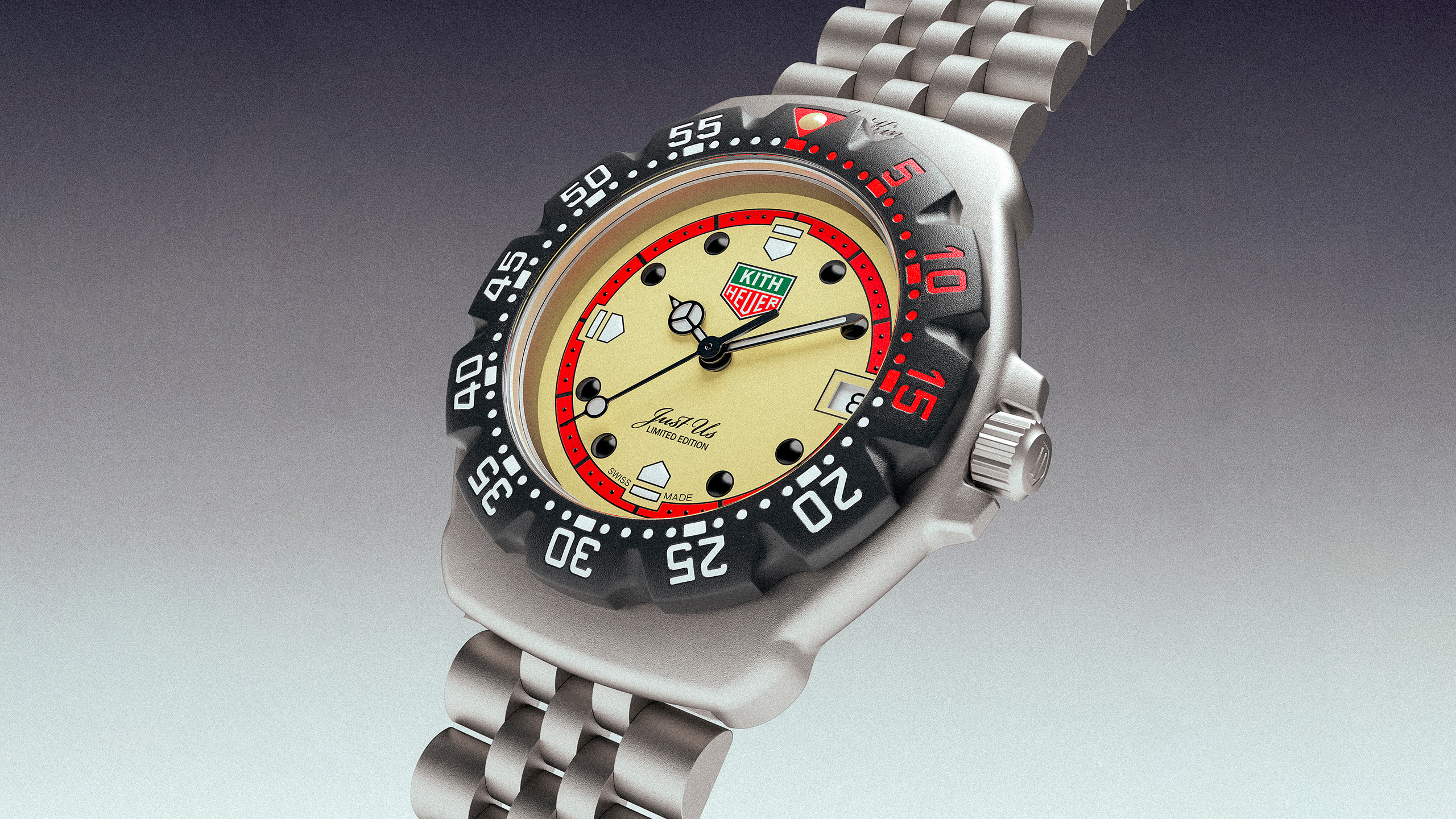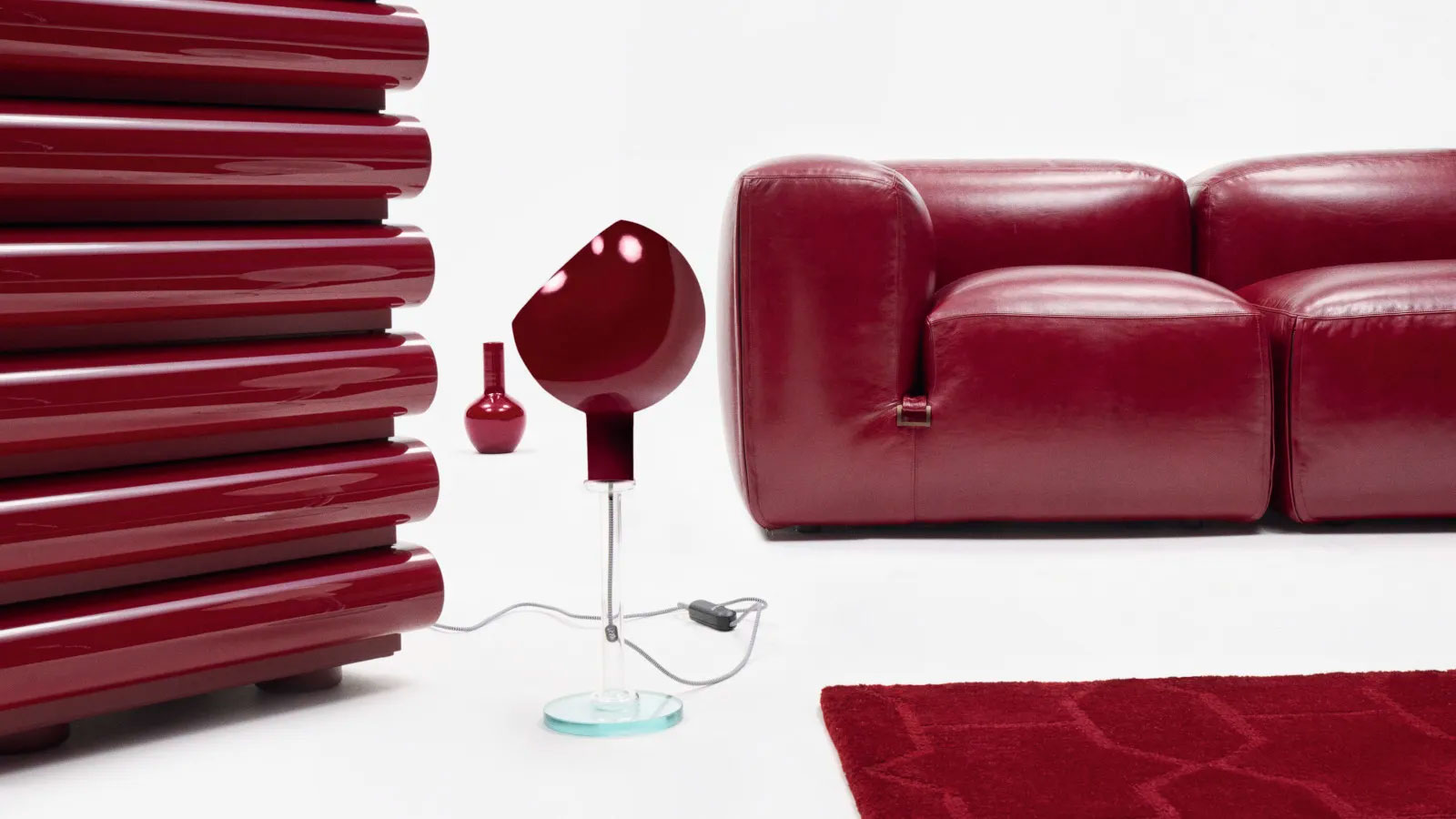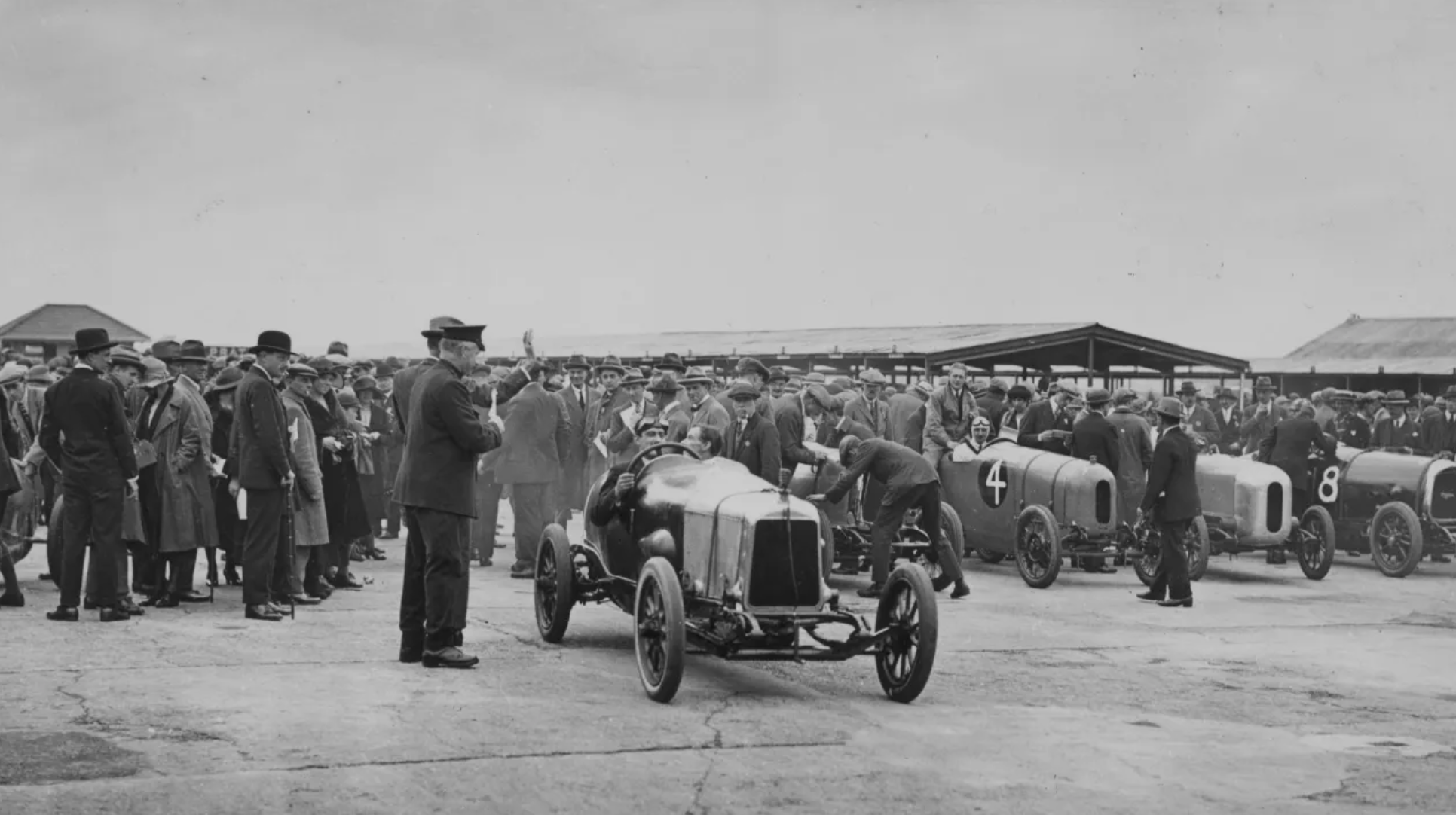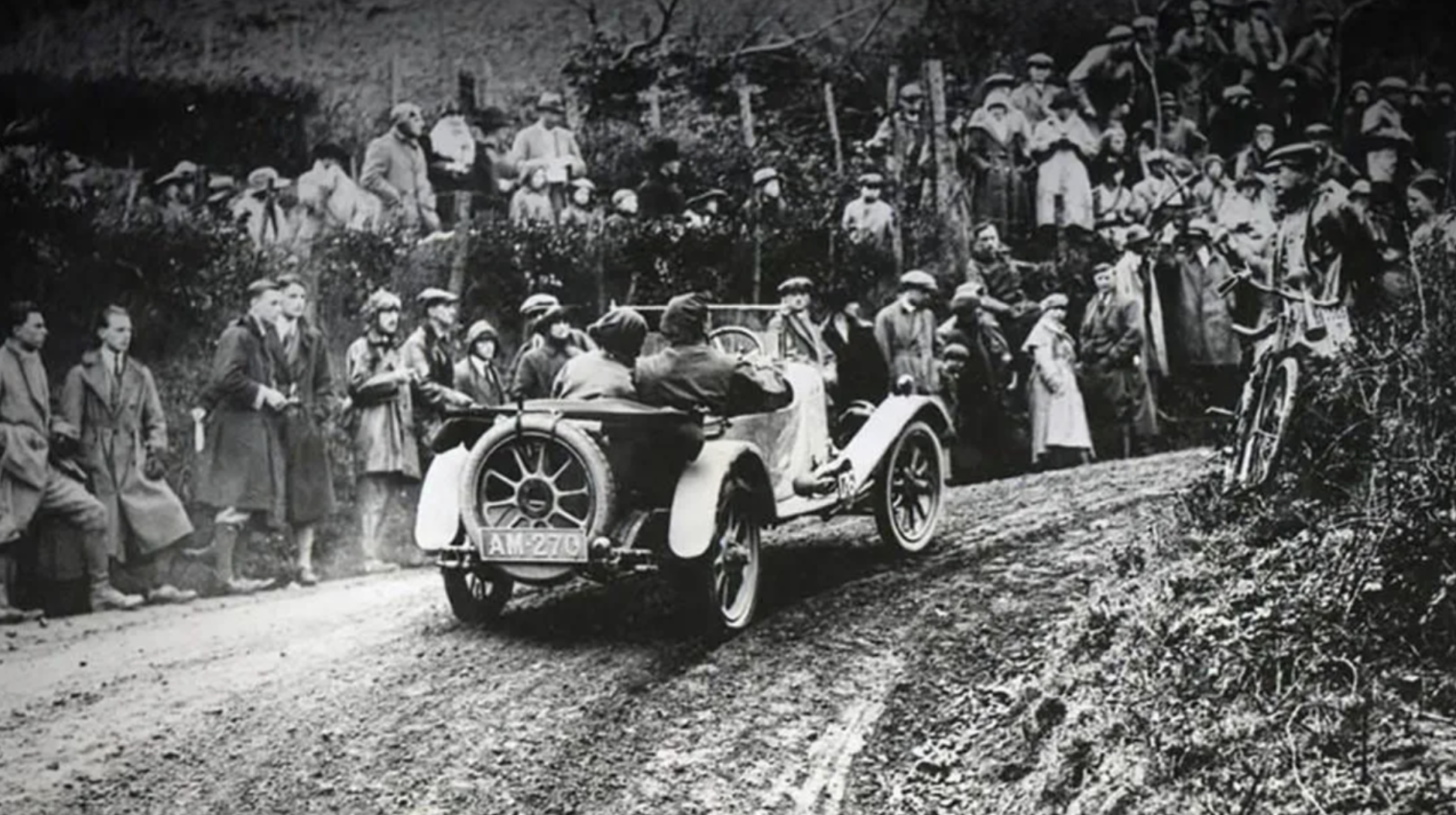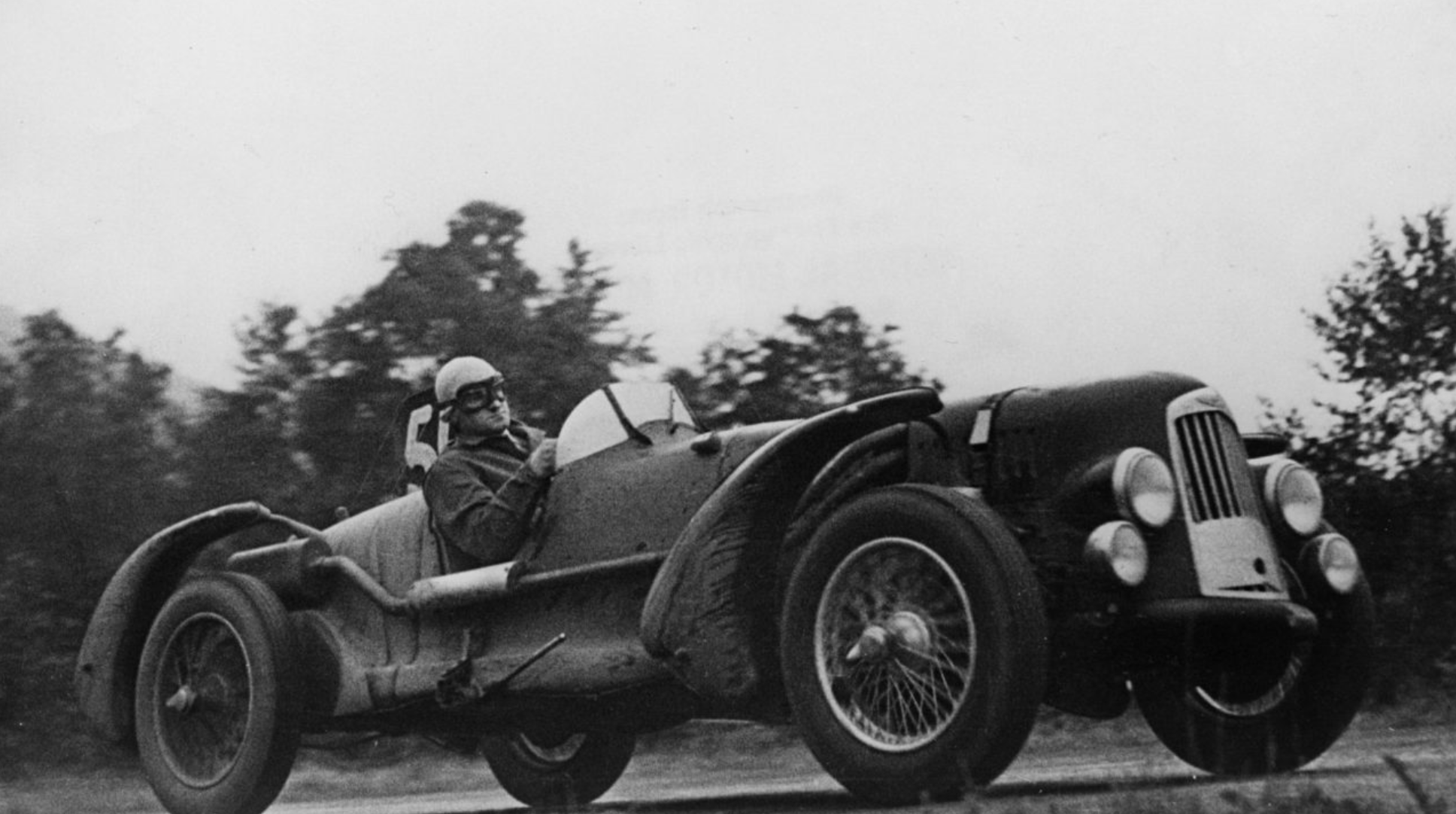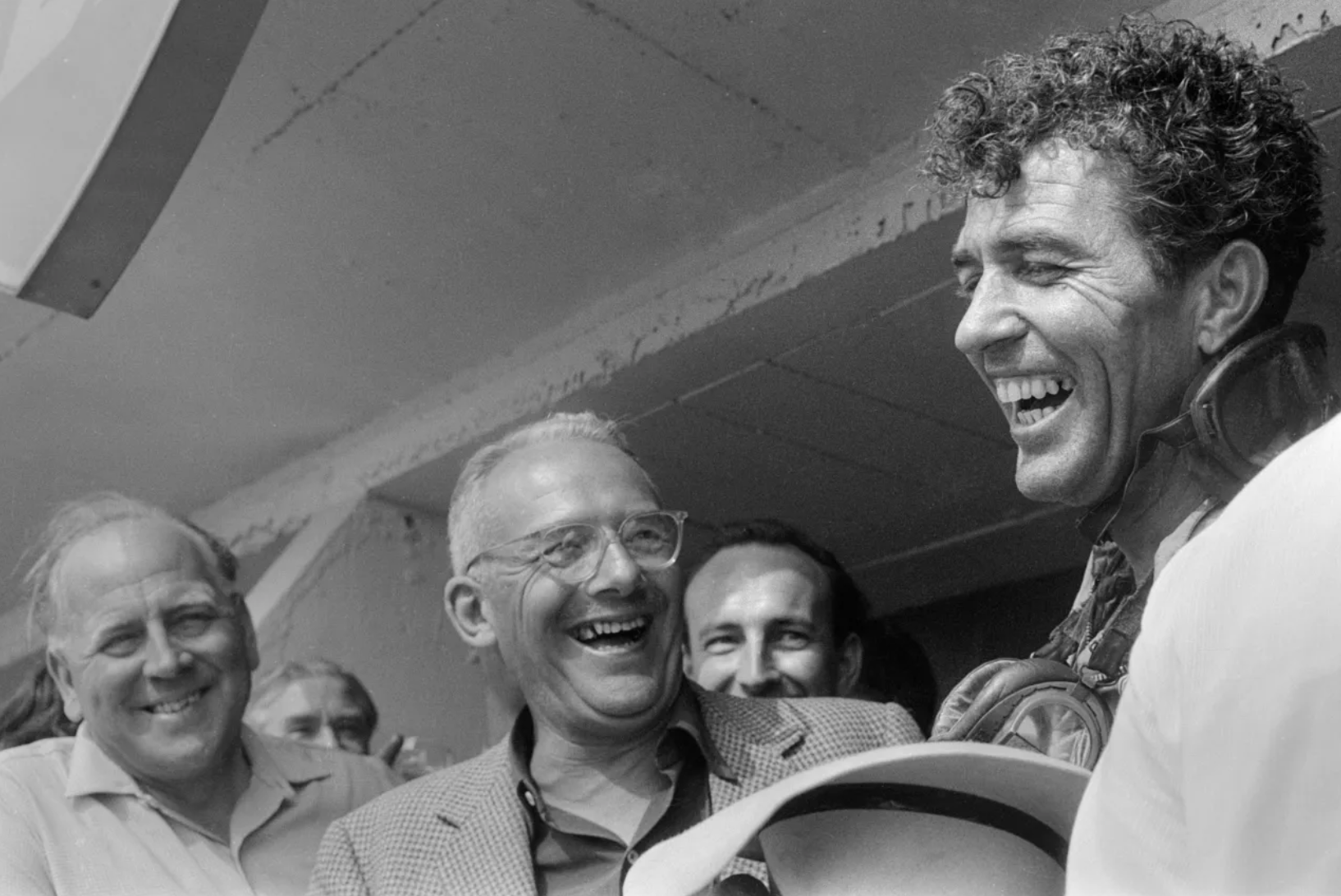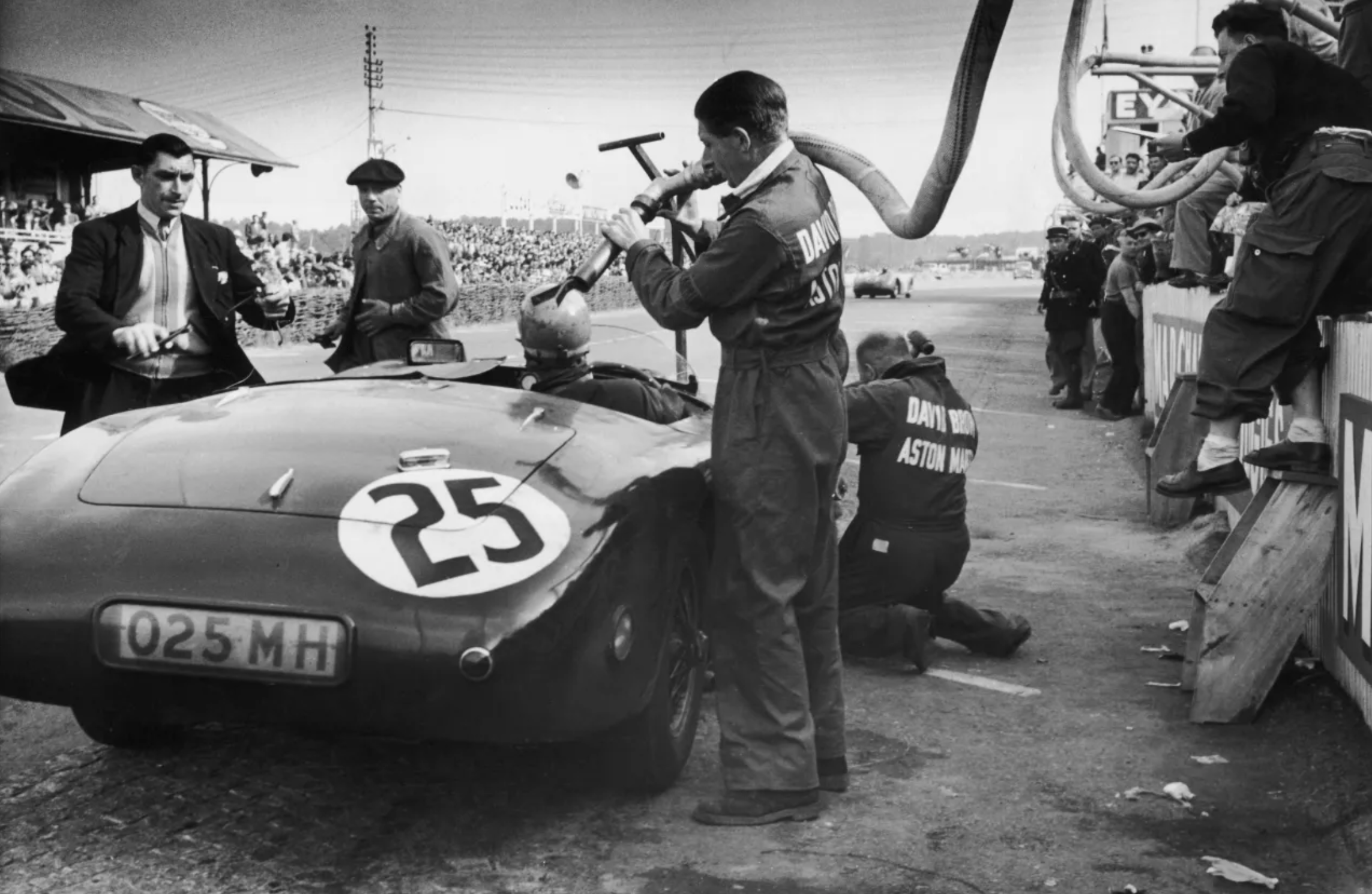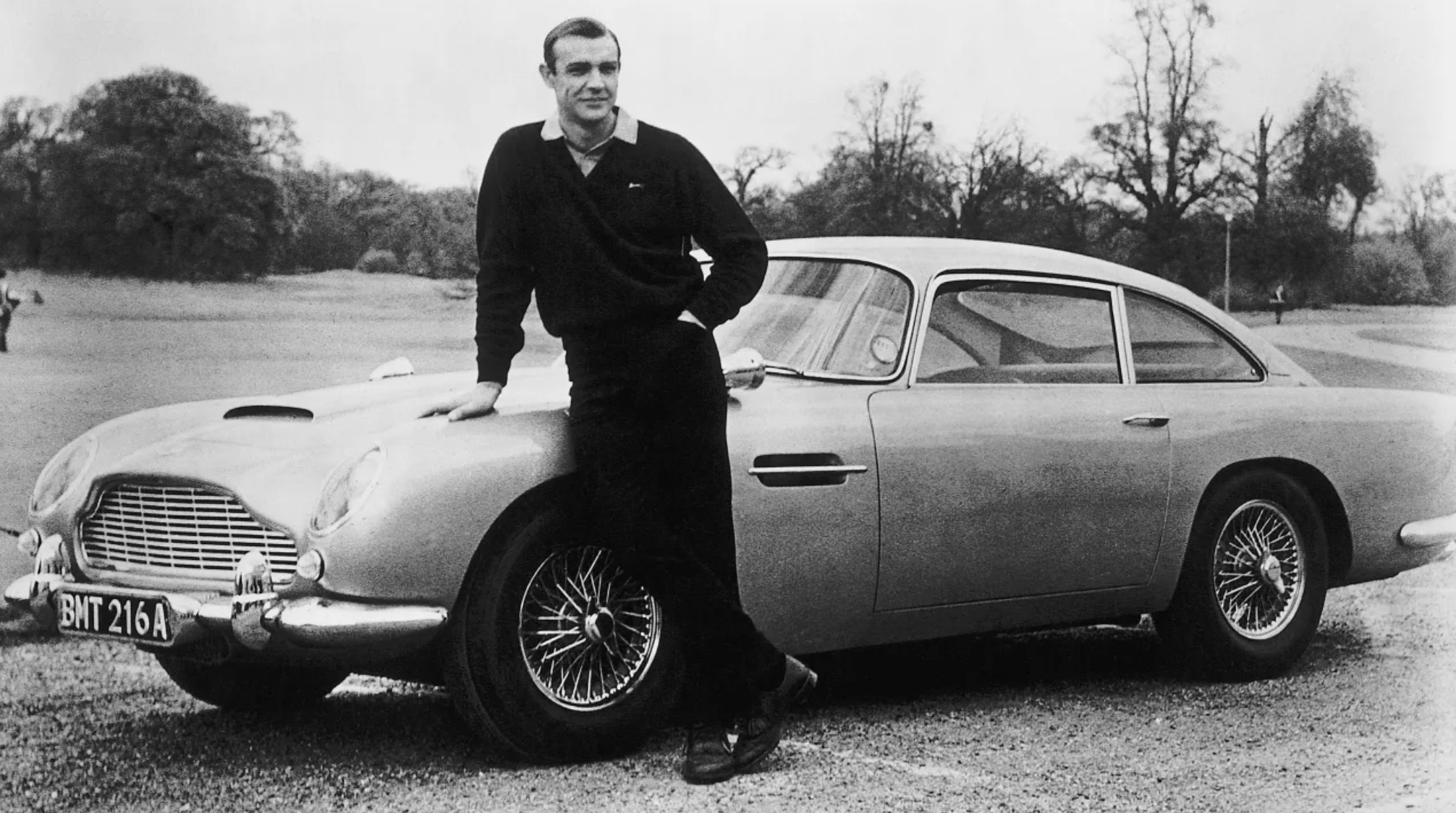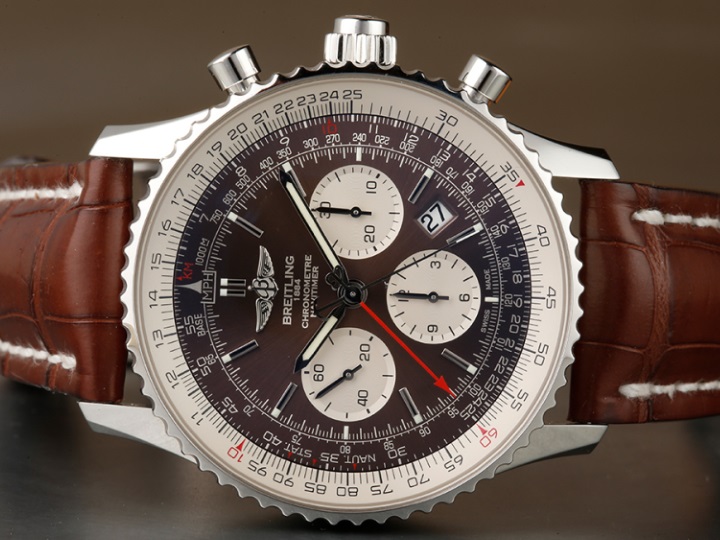
Breitling’s tribute to the Navitimer is a welcome surprise
The release of a tribute model prompts a loving look back at one of the most iconic pilot’s watches of all time.
Related articles
With the launch of its first modern in-house manufactured split-seconds chronograph movement in the Navitimer Rattrapante, from $US10,840 (about $A13,840), in March — and the subsequent sale of the company to CVC Capital Partners in April — it has been a busy first half of the year at Breitling. While the latter is still noteworthy, news of the former came as more of a surprise given the challenging nature of the complication.
The Navitimer is one of the most recognisable watches of the brand's 133-year history — not to mention one very few chronographs on the market with a nearly uninterrupted production run (more on that later). Before taking a closer look at the Rattrapante, here's a quick history lesson on what made the Navitimer the legend it is today.

The history lesson
Though the first Breitling Navitimer formally launched in 1952, the piece was actually an evolution of the Chronomat chronograph from a decade earlier. Equipped with a slide rule displaying STAT for standard mileage, KM for kilometres and NAUT for nautical miles, it allowed pilots to quickly work out calculations of both speed and fuel consumption.
The release of the Navitimer in '52 marked the beginning of the brand's partnership with the Aircraft Owners and Pilots Association, with the piece wearing the association's double-winged logo on its dial.
Through a mix of clever product placement and strategic partnerships, the Navitimer's popularity rapidly spread through the aviation realm. The brand forged on as the official instruments supplier to nearly every major aircraft company; indeed, it was even fitted in the Boeing's first jetliner, the venerable 707.

In its first iteration, the Navitimer was powered by the Venus 178 manually-wound movement, aside from the 1954 production run which was fitted with the same Valjoux 72 that was powering the Rolex Daytona of the era.
Little changed though the late '60s, until Willy Breitling and Jack Heuer became involved with Gérald Dubois, who was working for a company that would one day become Dubois Dépraz. This cooperation eventually led to the creation of the Calibre 11 — one of the earliest automatic chronographs to hit the market, most notably recognised by its crown at the 9 o'clock position opposing its chronograph pushers at 2 and 4.
Where things get muddy is the arrival of the Quartz Crisis of the late '70s. Forced to sell the company in 1978, the company itself went to Ernest Schneider (the owner of Sicura), whereas unused parts were divided between Sinn and Ollechs & Wachs.
For a brief period before the brand was rebooted, Sinn-branded versions of the Navitimer (built entirely of Breitling components) were sold before a lawsuit from the new Breitling put a halt to the practice. To this day, Sinn still offers a more affordable variant of the Navitimer known as the Sinn 903ST.

Through its modern revival in the '90s, the Navitimer that many came to know and love remained powered by a modified variant of the Valjoux 7750 until its 60th anniversary in 2012, when a special blue-dialled edition was offered with Breitling's first in-house manufactured calibre — the Breitling Calibre 01.
The calibre has since spread through Breitling's catalogue, and the ever-growing demand for in-house manufacture calibres leads us to the new king of the Navitimer collection: the Navitimer Rattrapante.

The new prized Navitimer
Breitling's announcement of their new split-seconds chronograph came as a surprise to many. Not only has the brand never created their own in-house version of the complication in their 133 years of business (the Breitling Duographs of the '40s and '50s used calibres from Venus), but opting to build the complex calibre is a real "swing for the fences" sort of play on the brand's part.
The complexities of a split-seconds mechanism make it one of the most highly regarded complications on the market, and it's safe to speculate that this endeavour was taken on to showcase their capabilities to prospective buyers of the brand.
Motivations aside, the Breitling Calibre 03 is impressive. The modular nature of the Calibre 01 provided a sound foundation for the split to build upon. A 70-hour power reserve at an operating frequency of 4 hertz (28,800 vibrations per hour) indicate that the running capability was not impacted by the modification.
The forces exerted by the stopping and "catching up" of the split hand are troublesome when it comes to maintaining accuracy and energy reserves, and given Breitling's focus on chronometer certification, movement engineers were pressed for a solution.

The end result included the filing of two patents, one for a new design of the isolation mechanism that acts on the split-seconds, and a unique o-ring clamping mechanism (operating similarly to rubber bicycle brake pads) that controls the hand's stopping and starting. What's more, Breitling is quick to point out that the entire split mechanism is comprised of only 28 parts, which we can hope will add to its overall reliability.

The new Navitimer Rattrapante will be offered in steel as part of the brand's core line for $US10,840 (about $ A13,840) on a brown crocodile strap, as well as in a limited 250-piece red gold edition with a sapphire display caseback priced at $US32,895 (about $A42,000) on a black rubber strap. The new models have just arrived in Breitling boutiques and retailers worldwide as of this past month. At this time, the Rattrapante won't be available through the brand's online boutique.
Subscribe to the Newsletter
Recommended for you
Watch of the Week: TAG Heuer Formula 1 | Kith
At last, the original Formula 1 returns, but with an unexpected twist.
By Josh Bozin
May 2, 2024
Omega Reveals a New Speedmaster Ahead of the Paris 2024 Olympics
Your first look at the new Speedmaster Chronoscope, designed in the colour theme of the Paris Olympics.
By Josh Bozin
April 26, 2024
You may also like.
You may also like.
Watch of the Week: TAG Heuer Formula 1 | Kith
At last, the original Formula 1 returns, but with an unexpected twist.
Over the last few years, watch pundits have predicted the return of the colourful and eccentric TAG Heuer Formula 1, in some shape or form. You could say that the writing was on the wall when TAG Heuer’s heritage director, Nicholas Biebuyck, teased a plethora of vintage models across his Instagram account in the aftermath of Watches & Wonders 2023. In fact, speaking with Frédéric Arnault at last year’s trade fair in Geneva, the former CEO asked me directly if the brand were to relaunch its legacy Formula 1 collection, loved by collectors globally, how should they do it?
My answer to the baited question, whilst informed (in my opinion), definitely didn’t mention a collaboration with Ronnie Fieg of Kith, one of the world’s biggest streetwear fashion labels, but here were are: the TAG Heuer Formula 1 is officially back and as colourful as ever.
As the watch industry truly enters its hype era—in recent years, we’ve seen MoonSwatches, we’ve seen Scuba Fifty Fathoms, we’ve seen John Mayer G-Shocks—the new Formula 1 x Kith collaboration might just be the coolest yet.

Here’s the lowdown: overnight, TAG Heuer, together with Kith, took to socials to unveil a special, limited edition collection of Formula 1 timepieces, inspired by the original collection from the 1980s. There’s 10 new watches in total, all limited, with some designed on a stainless steel bracelet, and some on an upgraded rubber strap; both options a direct nod to the originals.
Seven are exclusive specifically to Kith and its global stores; New York, Los Angeles, Miami, Hawaii, Tokyo, Toronto, and Paris, to be specific, and are made in an abundance of colours, like the originals. Two are then exclusive to TAG Heuer; and one is “shared” between TAG Heuer and Kith – this is a highlight of the collection, in our opinion. A faithful play on the original composite quartz watch from 1986, this model, limited to just 1350 pieces globally, features the classic black bezel with red accents and a creamy-taupe, vintage-inspired dial. This particular model arrives on a steel bracelet with an eggshell dial, and will present as pure nostalgia for those old enough to remember when the original TAG Heuer Formula 1 made its debut.
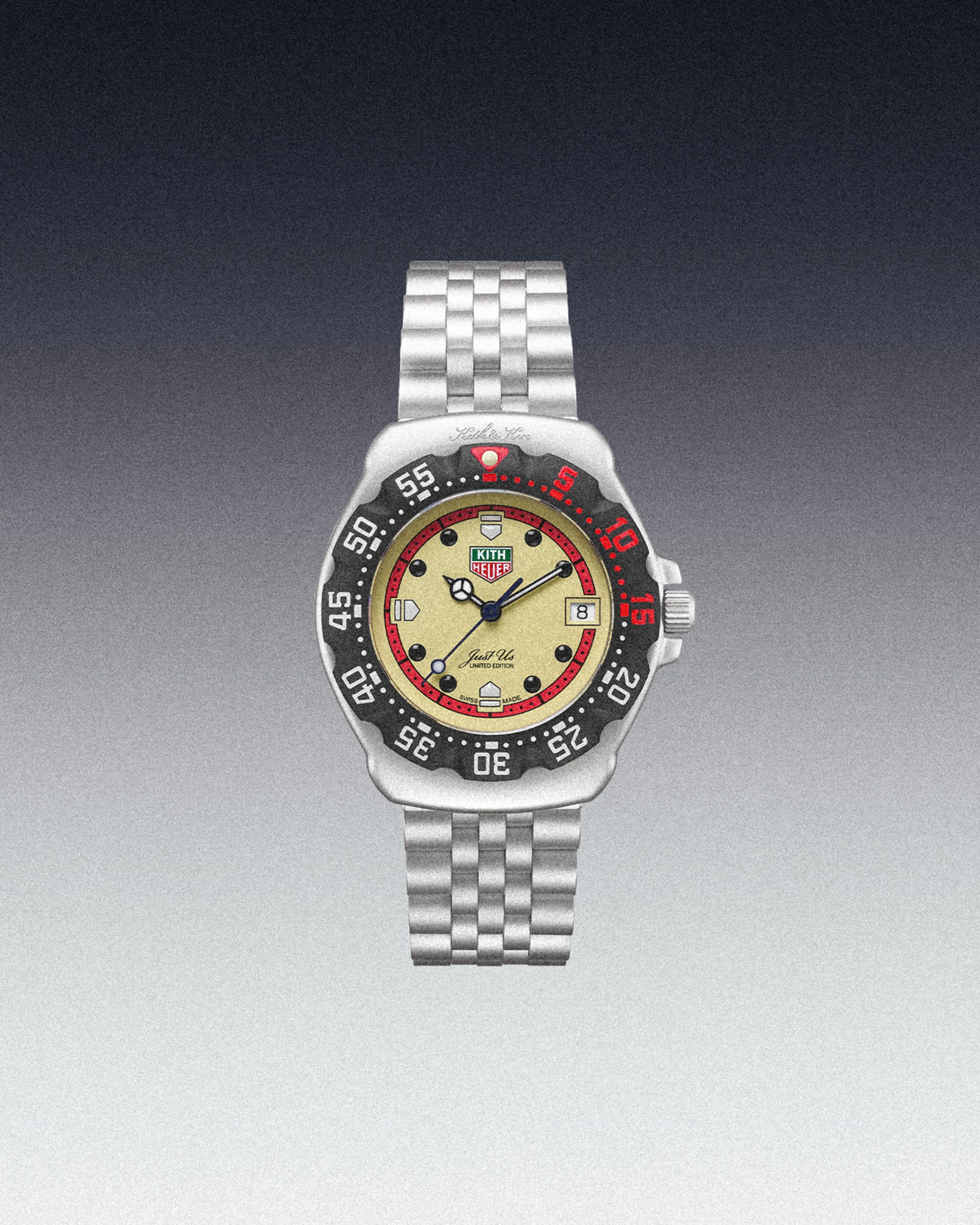
Of course, across the entirety of the collection, you will find Fieg’s design cues punctuated throughout: the “TAG” is replaced with “Kith”, forming a contentious new brand name for this specific release, as well as Kith’s slogan “Just Us”.
Collectors and purists alike will appreciate the dedication to the original Formula 1 collection: features like the 35mm Arnite cases—sourced from the original 80s-era supplier—the form hour hand, a triangle with a dot inside at 12 o’clock, indices that alternate every quarter between shields and dots, and a contrasting minuterie, are all welcomed design specs that make this collaboration so great.
Every TAG Heuer Formula 1 | Kith timepiece will be presented in an eye-catching box that compliments the fun and colour-theme of the Formula 1, but all the same drives home the premium status of this collaboration. On that note, at $2,200 a piece, this isn’t exactly an approachable quartz watch, but rather reflects the exclusive nature of Fieg’s Kith brand and the pieces he designs (largely, limited-edition).

So, what do we really think? It’s important not to understate the significance of the arrival of the TAG Heuer Formula 1 in 1986, in what would prove integral in setting up the brand for success throughout the 90’s—it was the very first watch collection to have “TAG Heuer” branding, after all—but also in helping to establish a new generation of watch consumer. Like Fieg, many millennial enthusiasts will recall on their sentimental ties with the Formula 1, it being their very first timepiece or one that was seminal in their horological journey.
This is as faithful of a reissue as we’ll get from TAG Heuer right now, and buddying watch fans should be pleased with the result. The collection has been executed extraordinarily well, pondered on for years, and to TAG Heuer’s credit, a great deal of research has gone into perfecting and replicating the proportions, materials, and aesthetic of this iconic collection for the modern day consumer. Sure, it would have been nice to see a full lume dial, a distinguishing feature on some of the original pieces—why this wasn’t done is lost on me—and perhaps a more approachable price point, but there’s no doubt these will become an instant hit in the days to come.
—
The TAG Heuer Formula 1 | Kith collection will be available on Friday, May 3rd, exclusively in-store at select TAG Heuer and Kith locations in Miami, and available starting Monday, May 6th, at select TAG Heuer boutiques, all Kith shops, and online at Kith.com. To see the full collection, visit tagheuer.com
You may also like.
8 Fascinating Facts You Didn’t Know About Aston Martin
The British sports car company is most famous as the vehicle of choice for James Bond, but Aston Martin has an interesting history beyond 007.
Aston Martin will forever be associated with James Bond, ever since everyone’s favourite spy took delivery of his signature silver DB5 in the 1964 film Goldfinger. But there’s a lot more to the history of this famed British sports car brand beyond its association with the fictional British Secret Service agent.
Let’s dive into the long and colourful history of Aston Martin.
You may also like.
What Venice’s New Tourist Tax Means for Your Next Trip
The Italian city will now charge visitors an entry fee during peak season.
Visiting the Floating City just got a bit more expensive.
Venice is officially the first metropolis in the world to start implementing a day-trip fee in an effort to help the Italian hot spot combat overtourism during peak season, The Associated Press reported. The new program, which went into effect, requires travellers to cough up roughly €5 (about $AUD8.50) per person before they can explore the city’s canals and historic sites. Back in January, Venice also announced that starting in June, it would cap the size of tourist groups to 25 people and prohibit loudspeakers in the city centre and the islands of Murano, Burano, and Torcello.
“We need to find a new balance between the tourists and residents,’ Simone Venturini, the city’s top tourism official, told AP News. “We need to safeguard the spaces of the residents, of course, and we need to discourage the arrival of day-trippers on some particular days.”
During this trial phase, the fee only applies to the 29 days deemed the busiest—between April 25 and July 14—and tickets will remain valid from 8:30 am to 4 pm. Visitors under 14 years of age will be allowed in free of charge in addition to guests with hotel reservations. However, the latter must apply online beforehand to request an exemption. Day-trippers can also pre-pay for tickets online via the city’s official tourism site or snap them up in person at the Santa Lucia train station.
“With courage and great humility, we are introducing this system because we want to give a future to Venice and leave this heritage of humanity to future generations,” Venice Mayor Luigi Brugnaro said in a statement on X (formerly known as Twitter) regarding the city’s much-talked-about entry fee.
Despite the mayor’s backing, it’s apparent that residents weren’t totally pleased with the program. The regulation led to protests and riots outside of the train station, The Independent reported. “We are against this measure because it will do nothing to stop overtourism,” resident Cristina Romieri told the outlet. “Moreover, it is such a complex regulation with so many exceptions that it will also be difficult to enforce it.”
While Venice is the first city to carry out the new day-tripper fee, several other European locales have introduced or raised tourist taxes to fend off large crowds and boost the local economy. Most recently, Barcelona increased its city-wide tourist tax. Similarly, you’ll have to pay an extra “climate crisis resilience” tax if you plan on visiting Greece that will fund the country’s disaster recovery projects.
You may also like.
Omega Reveals a New Speedmaster Ahead of the Paris 2024 Olympics
Your first look at the new Speedmaster Chronoscope, designed in the colour theme of the Paris Olympics.
The starters are on the blocks, and with less than 100 days to go until the Paris 2024 Olympics, luxury Swiss watchmaker Omega was bound to release something spectacular to mark its bragging rights as the official timekeeper for the Summer Games. Enter the new 43mm Speedmaster Chronoscope, available in new colourways—gold, black, and white—in line with the colour theme of the Olympic Games in Paris this July.
So, what do we get in this nicely-wrapped, Olympics-inspired package? Technically, there are four new podium-worthy iterations of the iconic Speedmaster.

The new versions present handsomely in stainless steel or 18K Moonshine Gold—the brand’s proprietary yellow gold known for its enduring shine. The steel version has an anodised aluminium bezel and a stainless steel bracelet or vintage-inspired perforated leather strap. The Moonshine Gold iteration boasts a ceramic bezel; it will most likely appease Speedy collectors, particularly those with an affinity for Omega’s long-standing role as stewards of the Olympic Games.
Notably, each watch bears an attractive white opaline dial; the background to three dark grey timing scales in a 1940s “snail” design. Of course, this Speedmaster Chronoscope is special in its own right. For the most part, the overall look of the Speedmaster has remained true to its 1957 origins. This Speedmaster, however, adopts Omega’s Chronoscope design from 2021, including the storied tachymeter scale, along with a telemeter, and pulsometer scale—essentially, three different measurements on the wrist.
While the technical nature of this timepiece won’t interest some, others will revel in its theatrics. Turn over each timepiece, and instead of a transparent crystal caseback, there is a stamped medallion featuring a mirror-polished Paris 2024 logo, along with “Paris 2024” and the Olympic Rings—a subtle nod to this year’s games.
Powering this Olympiad offering—and ensuring the greatest level of accuracy—is the Co-Axial Master Chronometer Calibre 9908 and 9909, certified by METAS.
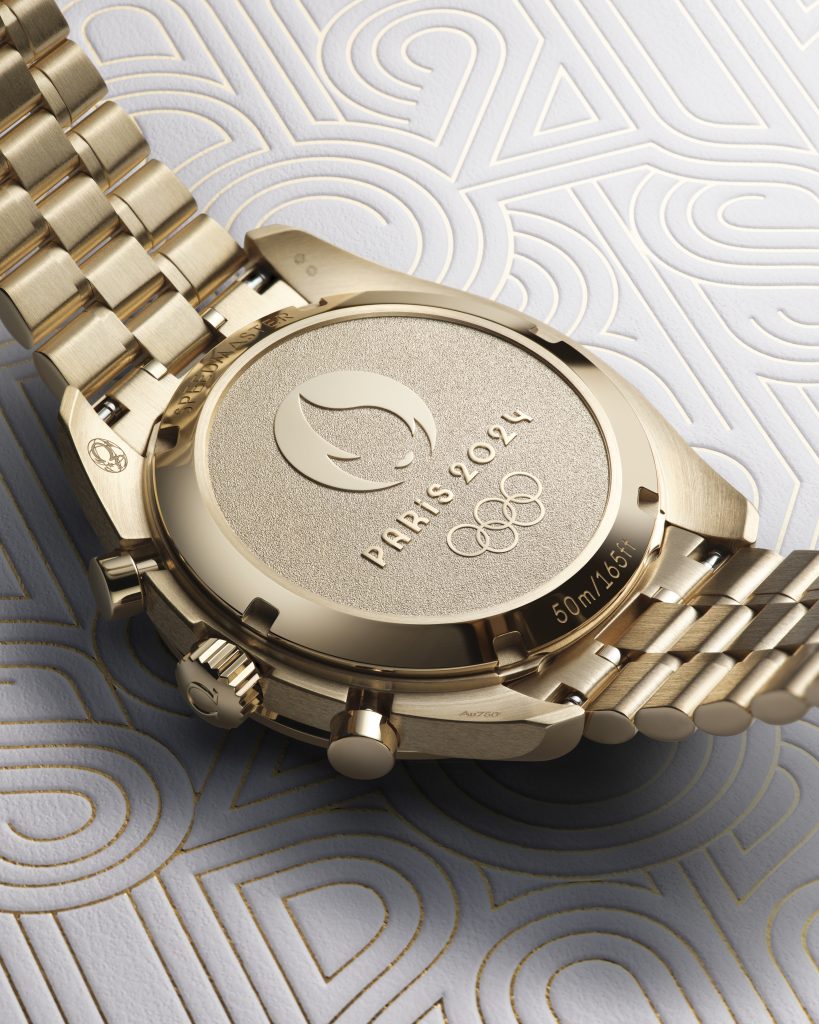
A Speedmaster to commemorate the Olympic Games was as sure a bet as Mondo Deplantis winning gold in the men’s pole vault—especially after Omega revealed its Olympic-edition Seamaster Diver 300m “Paris 2024” last year—but they delivered a great addition to the legacy collection, without gimmickry.
However, the all-gold Speedmaster is 85K at the top end of the scale, which is a lot of money for a watch of this stature. By comparison, the immaculate Speedmaster Moonshine gold with a sun-brushed green PVD “step” dial is 15K cheaper, albeit without the Chronoscope complications.
—
The Omega Speedmaster Chronoscope in stainless steel with a leather strap is priced at $15,725; stainless steel with steel bracelet at $16,275; 18k Moonshine Gold on leather strap $54,325; and 18k Moonshine Gold with matching gold bracelet $85,350, available at Omega boutiques now.
Discover the collection here
You may also like.
Here’s What Goes Into Making Jay-Z’s $1,800 Champagne
We put Armand de Brignac Blanc de Noirs Assemblage No. 4 under the microsope.
In our quest to locate the most exclusive and exciting wines for our readers, we usually ask the question, “How many bottles of this were made?” Often, we get a general response based on an annual average, although many Champagne houses simply respond, “We do not wish to communicate our quantities.” As far as we’re concerned, that’s pretty much like pleading the Fifth on the witness stand; yes, you’re not incriminating yourself, but anyone paying attention knows you’re probably guilty of something. In the case of some Champagne houses, that something is making a whole lot of bottles—millions of them—while creating an illusion of rarity.
We received the exact opposite reply regarding Armand de Brignac Blanc de Noirs Assemblage No. 4. Yasmin Allen, the company’s president and CEO, told us only 7,328 bottles would be released of this Pinot Noir offering. It’s good to know that with a sticker price of around $1,800, it’s highly limited, but it still makes one wonder what’s so exceptional about it.
Known by its nickname, Ace of Spades, for its distinctive and decorative metallic packaging, Armand de Brignac is owned by Louis Vuitton Moët Hennessy and Jay-Z and is produced by Champagne Cattier. Each bottle of Assemblage No. 4 is numbered; a small plate on the back reads “Assemblage Four, [X,XXX]/7,328, Disgorged: 20 April, 2023.” Prior to disgorgement, it spent seven years in the bottle on lees after primary fermentation mostly in stainless steel with a small amount in concrete. That’s the longest of the house’s Champagnes spent on the lees, but Allen says the winemaking team tasted along the way and would have disgorged earlier than planned if they’d felt the time was right.
Chef de cave, Alexandre Cattier, says the wine is sourced from some of the best Premier and Grand Cru Pinot Noir–producing villages in the Champagne region, including Chigny-les-Roses, Verzenay, Rilly-la-Montagne, Verzy, Ludes, Mailly-Champagne, and Ville-sur-Arce in the Aube département. This is considered a multi-vintage expression, using wine from a consecutive trio of vintages—2013, 2014, and 2015—to create an “intense and rich” blend. Seventy percent of the offering is from 2015 (hailed as one of the finest vintages in recent memory), with 15 percent each from the other two years.

This precisely crafted Champagne uses only the tête de cuvée juice, a highly selective extraction process. As Allen points out, “the winemakers solely take the first and freshest portion of the gentle cuvée grape press,” which assures that the finished wine will be the highest quality. Armand de Brignac used grapes from various sites and three different vintages so the final product would reflect the house signature style. This is the fourth release in a series that began with Assemblage No. 1. “Testing different levels of intensity of aromas with the balance of red and dark fruits has been a guiding principle between the Blanc de Noirs that followed,” Allen explains.
The CEO recommends allowing the Assemblage No. 4 to linger in your glass for a while, telling us, “Your palette will go on a journey, evolving from one incredible aroma to the next as the wine warms in your glass where it will open up to an extraordinary length.” We found it to have a gorgeous bouquet of raspberry and Mission fig with hints of river rock; as it opened, notes of toasted almond and just-baked brioche became noticeable. With striking acidity and a vein of minerality, it has luscious nectarine, passion fruit, candied orange peel, and red plum flavors with touches of beeswax and a whiff of baking spices on the enduring finish. We enjoyed our bottle with a roast chicken rubbed with butter and herbes de Provence and savored the final, extremely rare sip with a bit of Stilton. Unfortunately, the pairing possibilities are not infinite with this release; there are only 7,327 more ways to enjoy yours.






